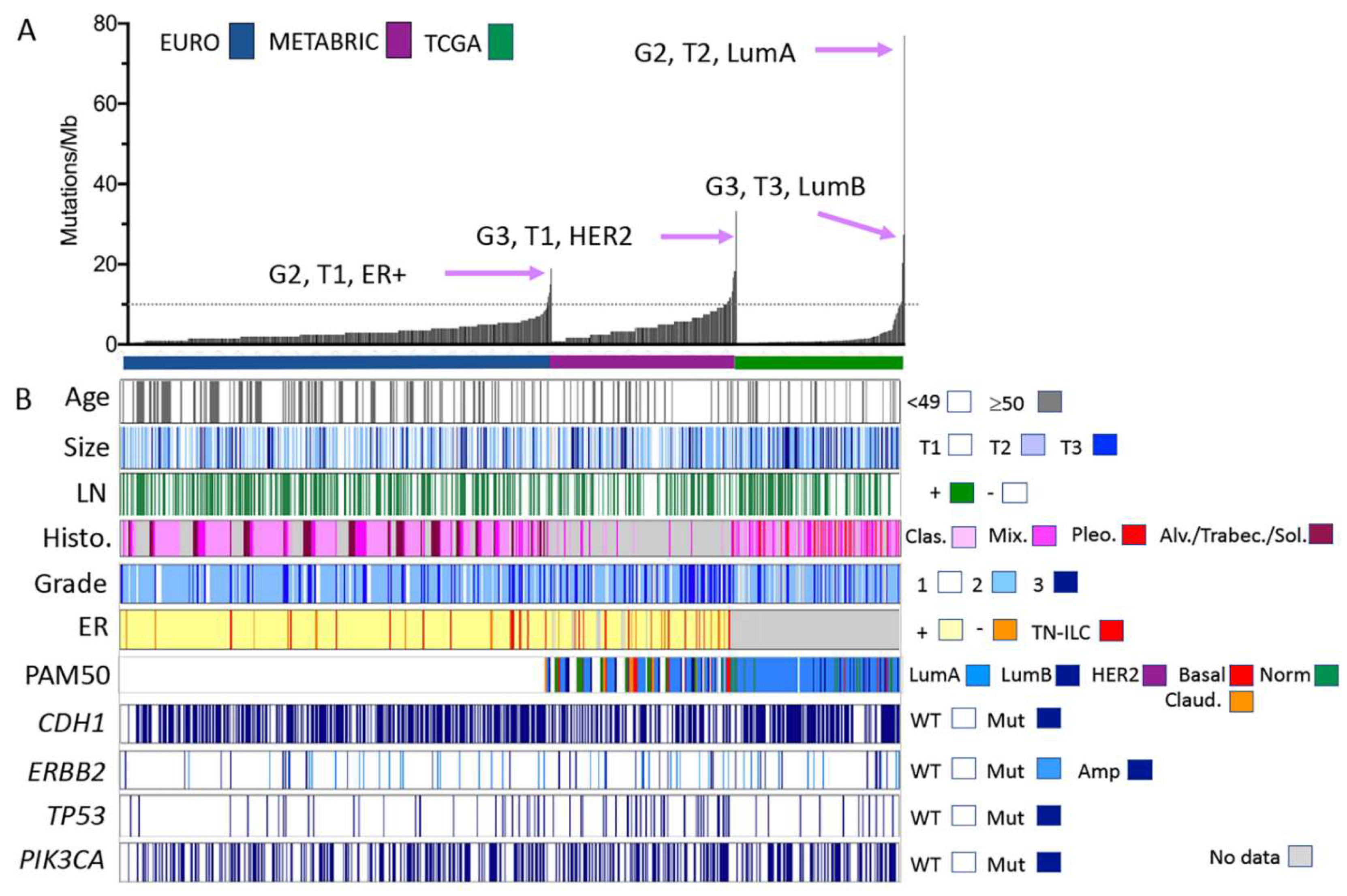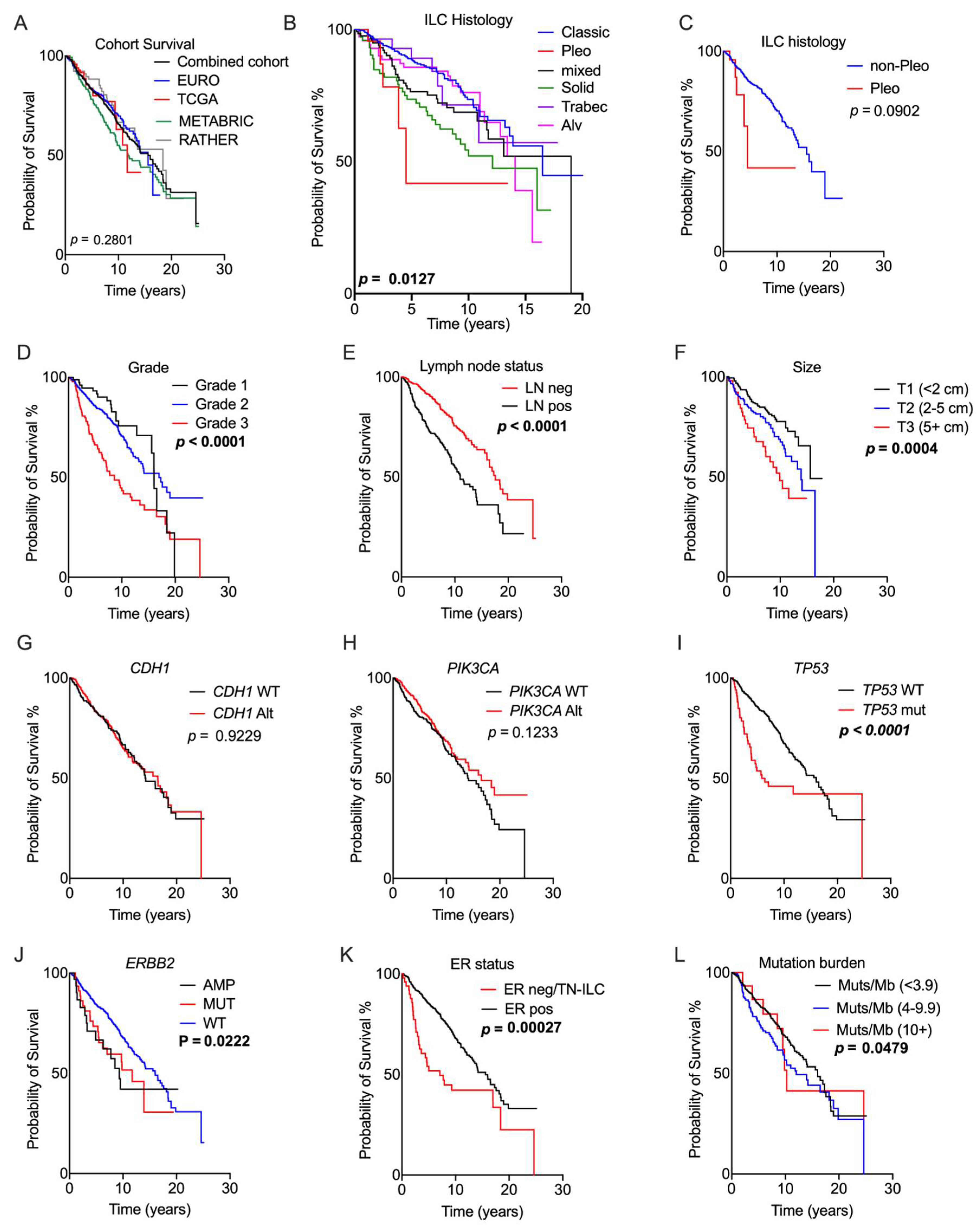Correction: McCart Reed et al. The Genomic Landscape of Lobular Breast Cancer. Cancers 2021, 13, 1950
Conflicts of Interest
Reference
- McCart Reed, A.E.; Foong, S.; Kutasovic, J.R.; Nones, K.; Waddell, N.; Lakhani, S.R.; Simpson, P.T. The Genomic Landscape of Lobular Breast Cancer. Cancers 2021, 13, 1950. [Google Scholar] [CrossRef] [PubMed]



Publisher’s Note: MDPI stays neutral with regard to jurisdictional claims in published maps and institutional affiliations. |
© 2021 by the authors. Licensee MDPI, Basel, Switzerland. This article is an open access article distributed under the terms and conditions of the Creative Commons Attribution (CC BY) license (https://creativecommons.org/licenses/by/4.0/).
Share and Cite
McCart Reed, A.E.; Foong, S.; Kutasovic, J.R.; Nones, K.; Waddell, N.; Lakhani, S.R.; Simpson, P.T. Correction: McCart Reed et al. The Genomic Landscape of Lobular Breast Cancer. Cancers 2021, 13, 1950. Cancers 2021, 13, 4010. https://doi.org/10.3390/cancers13164010
McCart Reed AE, Foong S, Kutasovic JR, Nones K, Waddell N, Lakhani SR, Simpson PT. Correction: McCart Reed et al. The Genomic Landscape of Lobular Breast Cancer. Cancers 2021, 13, 1950. Cancers. 2021; 13(16):4010. https://doi.org/10.3390/cancers13164010
Chicago/Turabian StyleMcCart Reed, Amy E., Samuel Foong, Jamie R. Kutasovic, Katia Nones, Nicola Waddell, Sunil R. Lakhani, and Peter T. Simpson. 2021. "Correction: McCart Reed et al. The Genomic Landscape of Lobular Breast Cancer. Cancers 2021, 13, 1950" Cancers 13, no. 16: 4010. https://doi.org/10.3390/cancers13164010
APA StyleMcCart Reed, A. E., Foong, S., Kutasovic, J. R., Nones, K., Waddell, N., Lakhani, S. R., & Simpson, P. T. (2021). Correction: McCart Reed et al. The Genomic Landscape of Lobular Breast Cancer. Cancers 2021, 13, 1950. Cancers, 13(16), 4010. https://doi.org/10.3390/cancers13164010






